by Wallace Wyss –
Now Porsche, as I have found out while researching the re-birth of my book Porsche 356 Photo Album, always liked to do things their own way.
They had, at the beginning, Erwin Komenda, an Austrian who could design aerodynamic cars. Oh, not so pretty or seductive but Porsche fans grew to understand from the outset that aerodynamically efficient trumps seductive styling in Zuffenhausen (a suburb of Stuttgart where Porsche is headquartered).
Not that Porsche couldn’t be influenced by outside forces. There was for instance, a guy named Sauter who made a roadster that some say inspired Porsche’s first mid-engined race cars. Then then there was Glockler, who made nearly half a dozen specials, which also influenced Porsche.
They let some of these outside innovators wear the name PORSCHE on their cars and some say the performance of those cars in racing built up demand for a similar product from the factory. Thus the 550 and RSK Spyders came along, straight from Porsche.
But Porsche was not going to other countries and seeking out designers to make more perfect Porsches.
Enter Abarth
Why should they? Considering they started out building cars in an abandoned sawmill in Gmund, Austria, and all by themselves (albeit financing from Swiss investors) they became a major force in the sports car world, winning Le Mans several times.
Usually Porsches are all-German, designed there, engineered there, built there.
But in the Sixties there came that rare moment of indecision. There was this damn Austrian, Carlo (originally Karl) Abarth, operating in Italy, making lightweight cars that were very fast despite the fact they often had unreliable Fiat drivetrains.
Porsche Abarth
Ferry Porsche, the son of Dr. Ferdinand Porsche, the founder of the firm, knew Abarth well because in 1946 the Porsche family had participated in the creation of an Italian car for a wealthy client, that car called the Cisitalia. Porsche thought, well, what the hell, let’s give Abarth the assignment to get some lightweight Porsche Abarth race cars built and see if they are any better than the race cars we are building in Zuffenhausen. So they did…
There seems to be a never-ending discussion of just how many Porsche Abarth race cars were bodied in Italy but it’s usually quoted as 20 to 21 cars in all, made from 1960 to April 1961.
Porsche had an agenda. First of all they wanted cars they could use to ensure their continued dominance of the 1600 & 2000 cc GT classes. Under 1960 FIA regulations, manufacturers were allowed to fit lighter bodies of a form different from their normal production cars, in Porsche’s case these being the series production 356B Carrera GT cars made by Reutter.
Porsche believed that, with Abarth’s demonstrated magic on other cars, they would have no trouble getting under the mandated FIA homologation weight of 840 kg by having a body made entirely of lightweight metal and employing a more aerodynamically efficient body shape as compared to the production 356B body.
These “homologation” special GTs did not need to be produced in any minimum number to be accepted into the FIA GT class as they were counted in the same production total as the Reutter-bodied 356B GT cars which already met the minimum number set out by the FIA.
Porsche’s other agenda was that they had an all-new model, the mid-engined 904 model in development. So they needed something to run before the 904 made its debut. That was the reason for the Abarth Carrera. They sold the Abarth GT/L for around $6,500.
But all was not happy in Deutschland when the Abarths arrived. First of all, they weren’t built by Carrozzeria Zagato because Zagato was doing some of the cars that would compete against Porsche and didn’t want the job. (So any one of these wearing a Zagato badge is claiming false paternity!)
Zagato sent them down the road to a smaller shop, Rocco Motto, that seemed to vary the cars’ styling from car to car, annoying the orderly Germans immensely. Not only that, Rocco Motto abandoned the job at some point, leaving cars unfinished and they had to go to an even more obscure coachbuilder.
Porsche was furious at the “substitution” when they had agreed on a price based on Zagato building the cars. Ironically, though, they shouldn’t have complained because they did get Franco Scaglione doing the styling and he achieved a major reduction in drag, at least 15% and still kept the car within weight limits. Of course the Germans liked the increased efficiency but grumbled about the switch in suppliers.
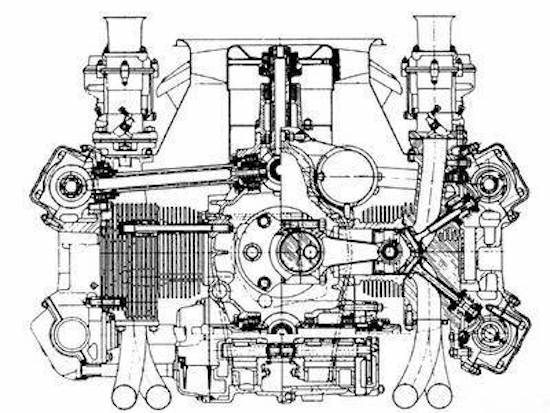
The 4 cam engine put out power but was infernally complicated. It takes two weeks to just assemble one!
Porsche achieved success with the Porsche Abarth cars in racing, and kept two of them, selling off the rest. Today these Porsche Abarth cars are million dollar cars. Controversy still exists on whether there’s 20 or 21, one theory is that the SN set aside for one car was used on a regular Porsche instead.
After that venture, Porsche didn’t go back to Italy for more design influence. Porsche was tempted to put the same body on an improved chassis of the Carrera 2 but couldn’t reach a good price, and once burned, twice shy. Carlo Abarth was happy, though, because that venture put his name higher in recognition so he came out ahead.
And so it is. As an aficionado of Italian styling, particularly that of Scaglione, I regret they couldn’t sit down at the table, drink some grappa, and hammer out further production, but at least we, the world, got to see for one shining moment what German engineering and Italian styling could do….
Let us know what you think in the Comments.
THE AUTHOR: Wallace Wyss reports that the 2nd edition of Porsche 356 Photo Album will be published this year. To get on the waiting list, call 715 381 9755.
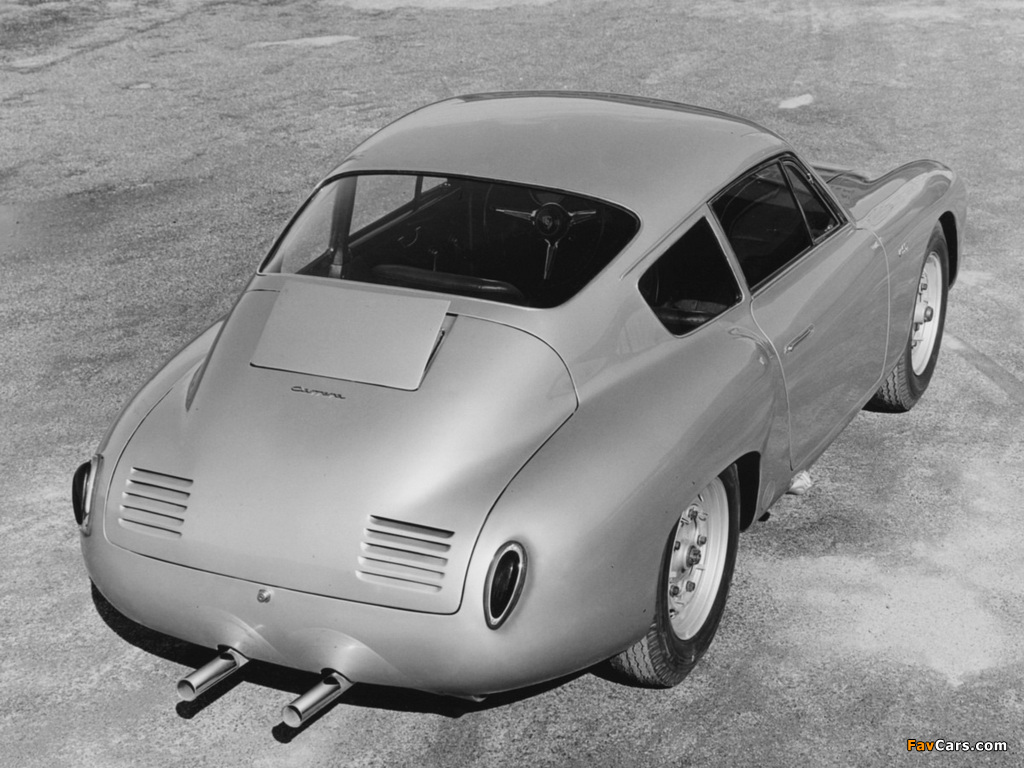
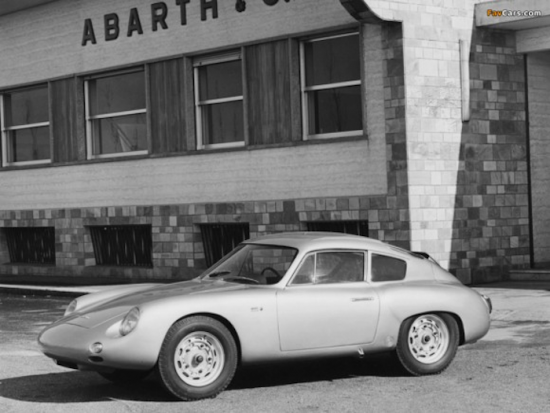

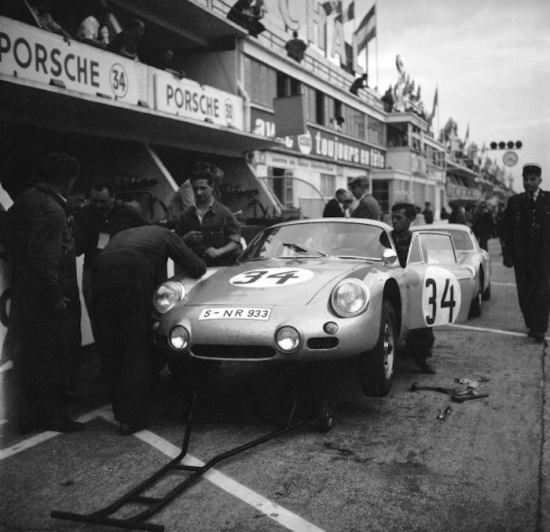

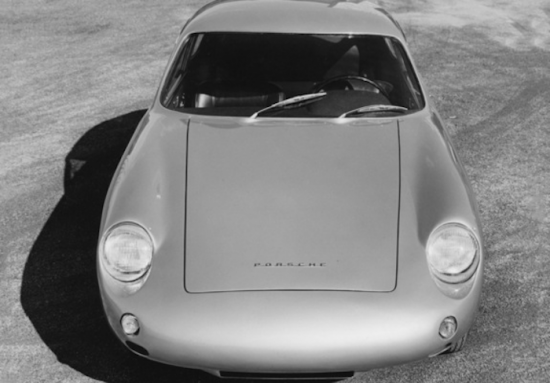

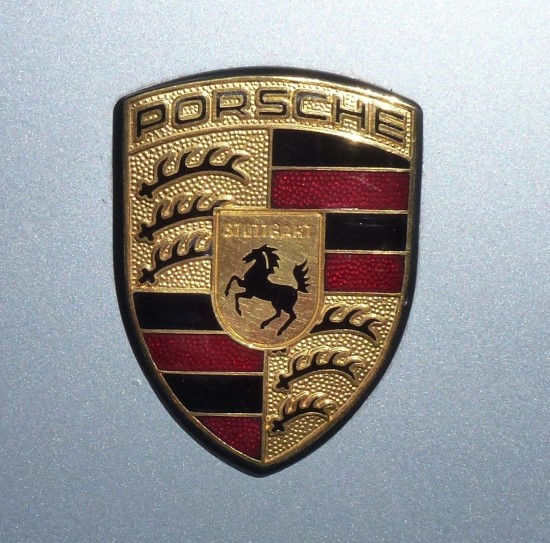

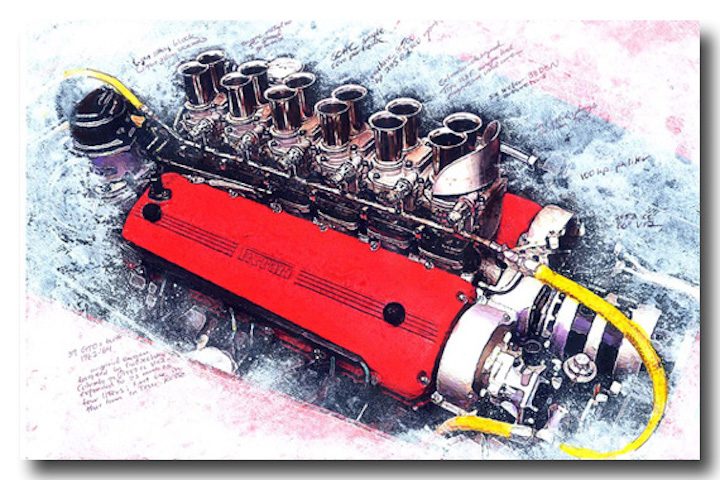

Speak Your Mind